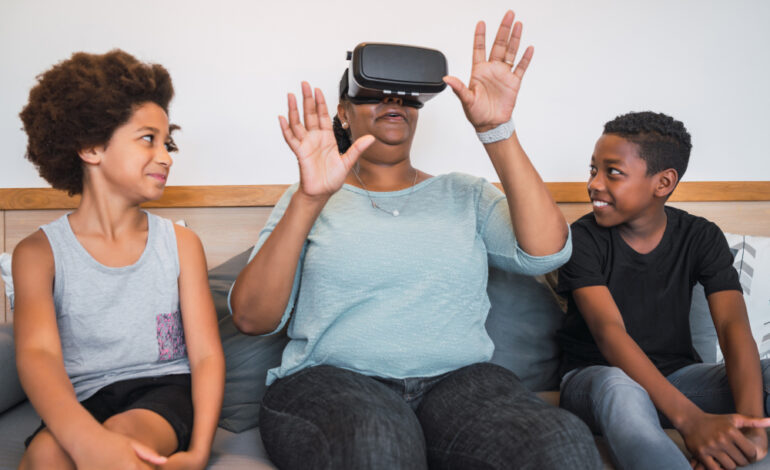Technology For The Elderly
Growing old doesn’t have to be boring in this technological age. The elderly can also enjoy technology while retiring. Technology is one of the best tools this new age has blessed us with. It has brought us together as a community despite the distance barrier and also eased our way of living.
Although older adults are more often than not considered less technologically savvy than younger generations, they are becoming more digitally connected than ever before. This is important, especially since research conducted by the U.S. Census Bureau projects that by 2034, adults 65 and older will outnumber children for the first time in history.
Ways in which technology has simplified and eased aging for the elderly are numerous, but to mention a few:
a.) In managing finances: Mobile banking technologies have eased their access to wealth even without them leaving their homes.
b.) Telehealth services: To stay on top of their health, telehealth services that are inexpensive have been made available. This constitutes virtual medical services, robots for health services, gadgets and other health-related sensors.
In all, aging with technology has become the new normal in that technology has proven its usefulness in basically every aspect and stage of life. Technology has guaranteed a stress-free life while aging.
Technology for Networking
Social media networks are fast becoming the antidote for the loneliness that is occurring in the elderly population. In a recent study conducted by Pew Research Center, it was found that of all the Facebook demographics, adults age 65 and older are the fastest-growing demographic. Many older Facebook users use social media sites to stay connected with their families and friends.
Technology For Staying Connected (Credit: Carlos Gil Andreu/Getty Images)
Technology, The Elderly and Their Caregivers
Technology for the elderly cannot be complete without the caregivers in mind. Technology aimed at making the lives of the elderly easier must consider their caregivers who have the same mission. Technology in supporting caregivers has helped in achieving the healthcare triple aim: better outcomes, lower costs and greater patient satisfaction. For example, real-time sensors help keep a virtual eye on residents around the clock. They monitor activities of daily living such as eating and sleeping. This technology creates continuous baseline patterns and identifies significant changes in those patterns that may indicate a change in health status. Digital management tools also help with the daily administrative tasks that often fall on caregivers, such as appointment organization, medication adherence and medical record keeping. So we see that the elderly and their caregivers are easily and rapidly adopting technology that can support their shared goals: longevity, quality of life, independence, connection to friends and family, and safety. They keep embracing new tools as a part of everyday life.
Hence, different aspects of technology are still being garnered and engineered to focus on the challenges the elderly face. Whether it be sensory functions such as vision or hearing, motor skills or cognitive changes, age-related challenges, they are all important factors the older adults consider when making technology decisions.
If you have questions or concerns about the elderly ones in your care and technology you could put in place to keep them connected, call us today at 773-941-5643
Or visit https://appliedhhn.com/home-care-services for further enquiries on our services.
We Are Social On:
